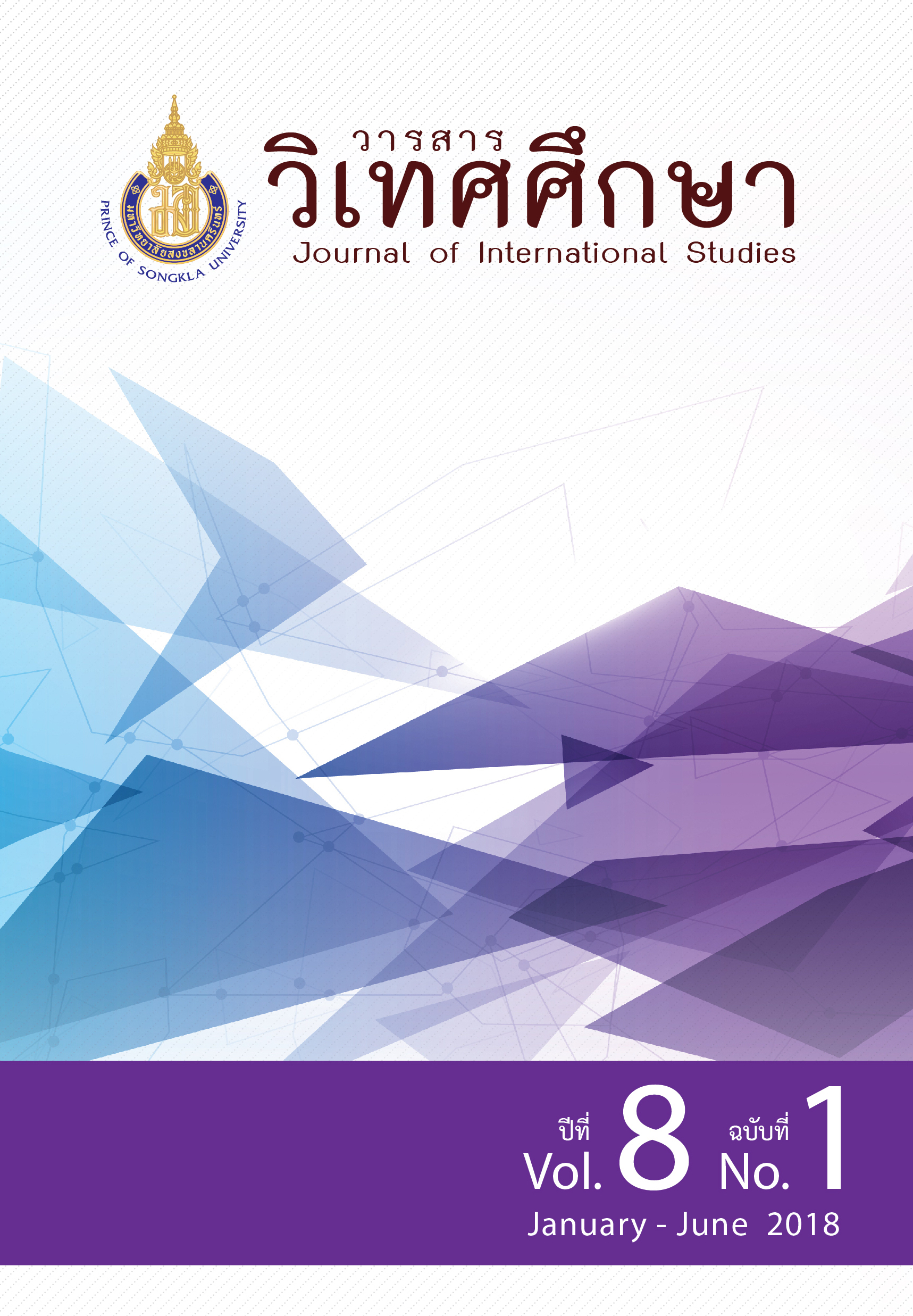Management towards Buddhist Meditation Tourism in Central Isan: A case of Khon kean and Mahasarakham Province
Main Article Content
Abstract
This research aims to study the concept of Buddhist meditation practice, to evaluate Management potentials and Buddhist meditation touristic activities in the Central Isan: Case of Khon Kaen and Mahasarakham provinces. The research was completed by applying mixed research methods: quantitative and qualitative. The quantitative survey was employed to collect information from 400 samples. The data were analyzed using descriptive statistics: percentage, mean, and standard deviation. For qualitative research, an analysis was conducted by using data attained from in-depth interview schedule and participant observation with 30 participants. Both data were analyzed for content and data with descriptive statistics.
There were 4 findings in the concept of Buddhist meditation practice in the Central Isan: 1) “Bud-dho”, 2) “Yub-Phong”, 3) “Movement” and 4) “Goenka. The management potential of the area is unique in the course of Buddhist meditation practice for both Thais and international programs. There are a variety of practice diaries ranging from 3 to 30 days and have a clear pattern of practice. The most popular tourist activities are the Buddhist meditation practice, the Buddha worship and chanting. The tourists spend 1-3 days for tourism.
Article Details
Statements and opinions expressed in articles herein are those of the authors and do not necessarily reflect the position of the editors or publisher.
Article, information, text, image, etc. which are published in Journal of International Studies, belong to Journal of International Studies. If anybody or any organization would like to use part or whole of them, they must receive written permission from Journal of International Studies before usage.
References
โกเอนก้า. (2557). ธรรมบรรยาย หลักสูตร 10 วัน. กรุงเทพมหานคร: พิมพ์ดี จำกัด.
ทวีวัฒน์ ปุณทริกวัฒน์. (2556). เถรวาทลุ่มน้ำโขง. เอกสารประกอบการสัมมนาเชิงวิชาการ. มหาวิทยาลัยมหาสารคาม. 15 พฤษภาคม 2556.
ธรรมปิฏก (ป.อ. ปยุตฺโต). พระ. (2546). พุทธธรรม. กรุงเทพมหานคร: มหาวิทยาลัยมหาจุฬาลงกรณราชวิทยาลัย
ธวัช ปุณโณทก. (2551). พระพุทธศาสนาในภาคอีสานและล้านช้าง. เลย: คณะศาสนาและปรัชญ่า มหาวิทยาลัยมหามกุฏราชวิทยาลัย.
ภาวนาโพธิคุณ. พระครู. (2557). วิปัสสนากรรมฐาน. ขอนแก่น: มหาวิทยาลัยมหาจุฬาลงกรณราชวิทยาลัย
ราชบัณฑิต. (2542). พจนานุกรม ฉบับราชบัณฑิตยสถาน. กรุงเทพมหานคร: นานมีบุ๊คส์ จำกัด.
รำไพพรรณ แก้วสุริยะ. (2547). หลักการจัดการการท่องเที่ยวอย่างยั่งยืน. ค้นเมื่อ 8 มีนาคม 2558 จาก http://lib.dtc.ac.th/article/tourism/ 0007.pdf.
ศรีศักร วัลลิโภดม. (2546). แอ่งอารยธรรมอีสาน. กรุงเทพมหานคร: สำนักพิมพ์มติชน.
สารกิจประยุต. พระครู. (2558). คู่มือทำวัตรเช้า-เย็น. มหาสารคาม: อภิชาติการพิมพ์.
สุจิตต์ วงษ์เทศ. (2533). คำนำเสนอ แอ่งอารยธรรมอีสาน. ของศรีศักร วัลลิโภคม, กรุงเทพมหานคร: สำนักพิมพ์มติชน.
สุนีย์ เลี่ยวเพ็ญวงษ์. (2557). ยุทธศาสตร์การท่องเที่ยวภาคตะวันออกเฉียงเหนือตอนกลางสู่การเป็นศูนย์กลางอนุภูมิภาคลุ่มน้ำโขง. วารสารวิชาการการท่องเที่ยวไทยนานาชาติ, 10 (1), 8.
Bourdieu, Pierre. (1986). The Forms of Capital, Handbook of theory and Research for the Sociology of Education. John C. Richardson ed. New York: Greenwood press.
Throsby, David. (2001). Economics and culture. Uk: Cambridge University press.
Yamane, Taro. (1967). Statistics, an Introductory Analysis. 2nd ed. New York: Harper and Row.


